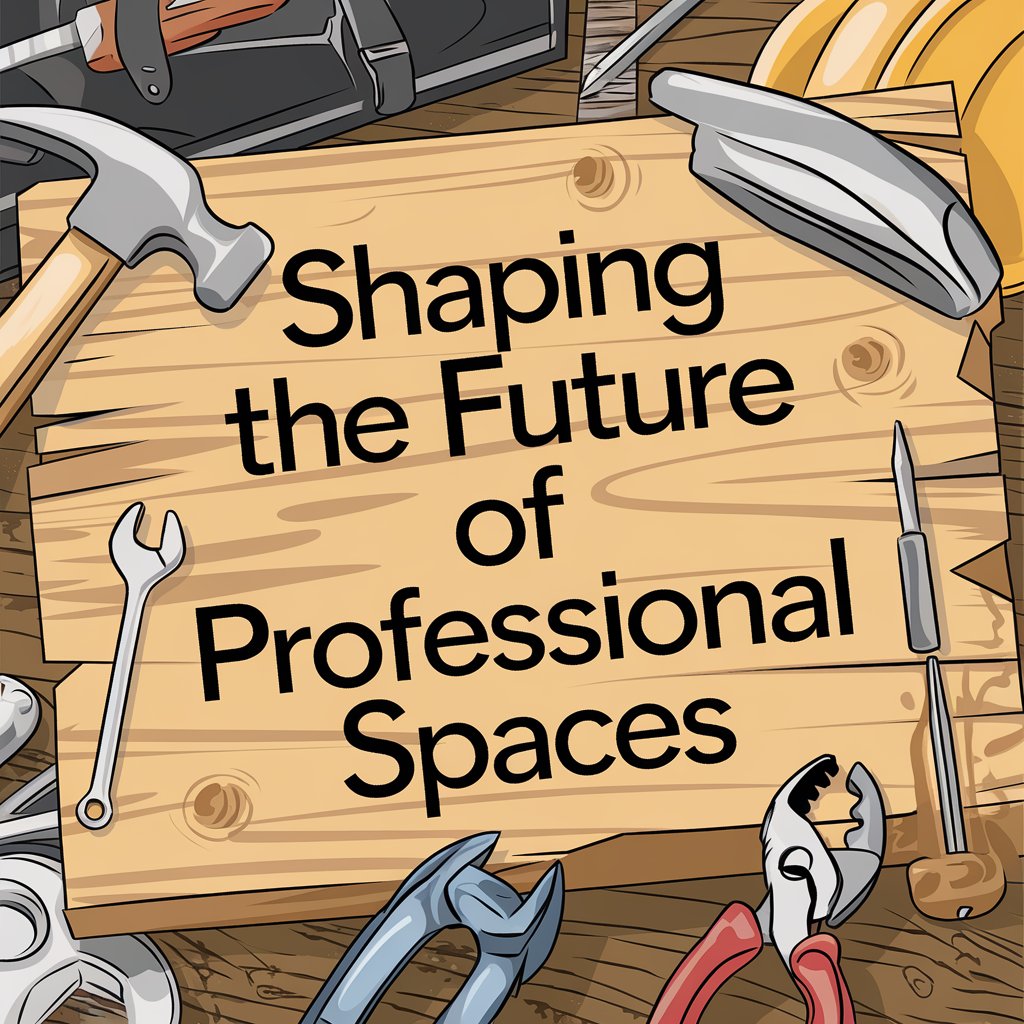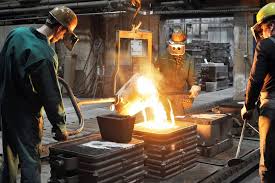The professional world is undergoing a significant transformation. Advances in technology, evolving work dynamics, and a stronger emphasis on employee well-being are reshaping how we view and design professional spaces. This evolution reflects not only the needs of the workforce but also a growing recognition of the critical role that work environments play in productivity, collaboration, and creativity.
The Shift Toward Flexibility
Gone are the days when rigid cubicles defined the workplace. Modern professional spaces are embracing flexibility to accommodate diverse work styles. Open floor plans, multi-purpose rooms, and movable furniture are becoming the norm. This adaptability allows teams to transition seamlessly between individual focus work and collaborative brainstorming sessions.
Hybrid work models also play a role in this shift. As more companies adopt policies that allow employees to work from home, office spaces must cater to those who come in for specific tasks or meetings. Hot-desking, shared workstations, and video conferencing-enabled spaces are becoming standard to ensure everyone, whether in-office or remote, feels equally included and productive. To support the evolving needs of businesses, platforms like yourcityoffice.com offer flexible virtual office solutions, helping companies adapt to the changing landscape of professional spaces.
Technology: The Cornerstone of Change
Technology is central to shaping the future of professional spaces. Smart offices equipped with IoT devices enable seamless control over lighting, temperature, and security. AI-powered tools are helping companies optimize space usage by analyzing patterns of movement and occupancy.
Additionally, virtual and augmented reality are breaking boundaries. Virtual reality allows remote workers to immerse themselves in a shared environment, while augmented reality enhances on-site collaboration by overlaying digital information in the physical space. These technologies not only improve functionality but also create a sense of connection and engagement.
Prioritizing Employee Well-being
Professional spaces today are no longer just about work—they are about the people who work. Organizations are increasingly prioritizing employee well-being through thoughtful design. This includes incorporating natural light, ergonomic furniture, and green spaces. Biophilic design, which connects occupants with nature through plants and natural materials, has been shown to reduce stress and improve focus.
Mental health is also a key consideration. Quiet zones, meditation rooms, and wellness hubs are being integrated into professional spaces to offer employees places to recharge. By fostering a sense of balance, these elements contribute to a healthier and more motivated workforce.
Sustainability and Environmental Responsibility
As sustainability becomes a global priority, professional spaces are adapting to minimize their ecological footprint. Energy-efficient lighting, recycled materials, and eco-friendly HVAC systems are just a few examples. Green certifications such as LEED (Leadership in Energy and Environmental Design) guide companies in creating spaces that are environmentally responsible.
Sustainable design is not only good for the planet but also for business. Studies have shown that eco-conscious workplaces attract talent, enhance brand reputation, and reduce operating costs.
Looking Ahead
The future of professional spaces lies in creating environments that are adaptable, technology-driven, and people-centric. As work-life boundaries blur, the design of these spaces will continue to evolve to support collaboration, innovation, and well-being. Organizations that prioritize these principles will be better equipped to navigate the challenges of tomorrow while empowering their teams to thrive.
By shaping these spaces thoughtfully, companies are not just preparing for the future of work—they are creating it.






